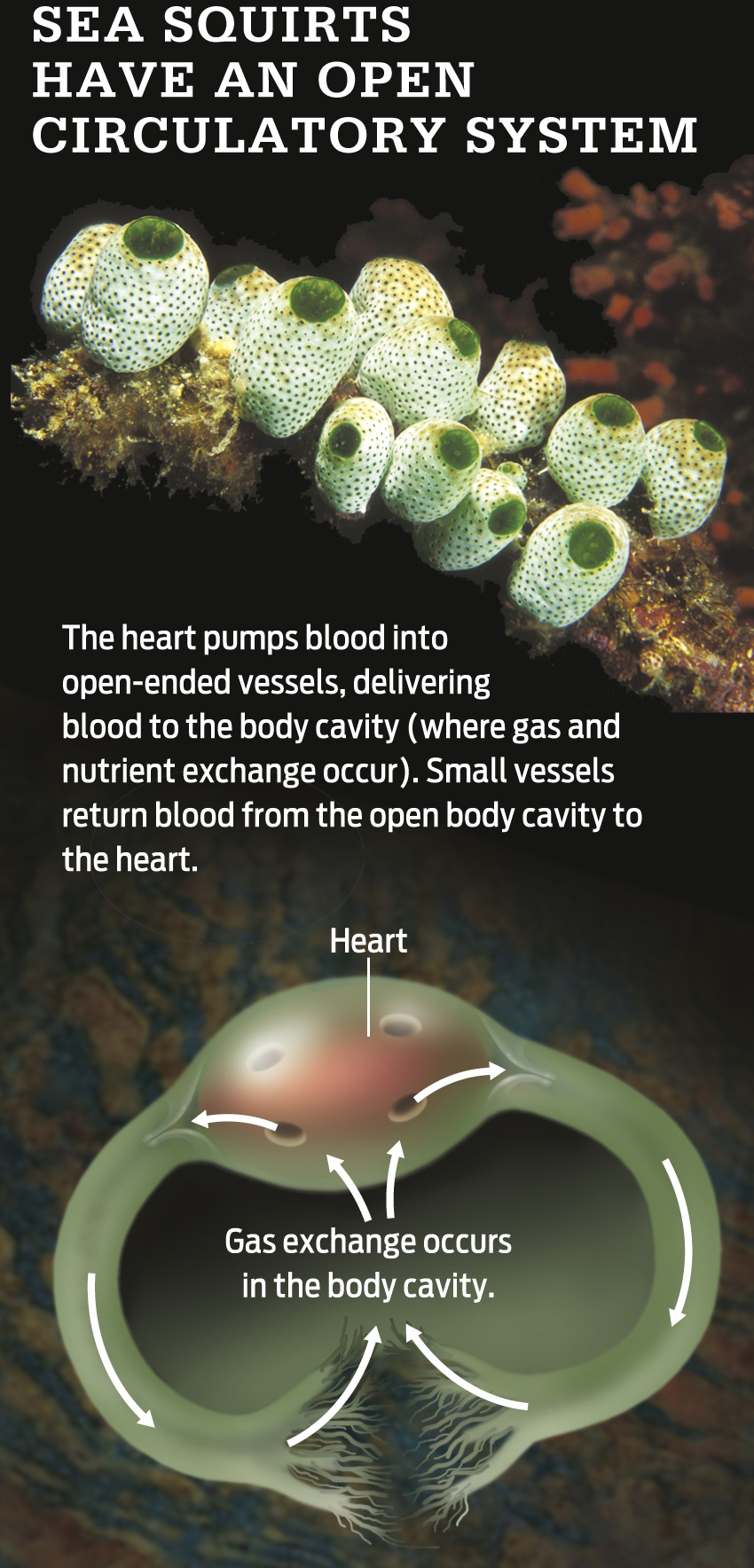AN OUNCE OF PREVENTION
Given the observed link between risk factors for heart disease and the extent of atherosclerosis in young people, it stands to reason that reducing one's risk factors will reduce one's risk for heart disease. Eating better, quitting smoking, and starting or continuing to exercise will almost certainly reduce your chances of developing heart disease. In fact, one 2012 study found that eating more fruits and increasing one's activity level can positively affect cholesterol levels and reduce BMI. So that is the good news—there are things you can do to reduce your risk of heart disease: avoid tobacco, get more physical activity, and choose healthy foods.
18

Christopher Futcher/iStockphoto
NightAndDayImages/iStockphoto
Unfortunately, for some people, especially those with a family history of heart disease or a genetic predisposition to it, lifestyle changes may not be enough. Some people, for example, naturally have higher “bad” cholesterol levels. In these cases, doctors may also prescribe cholesterol-lowering drugs to keep down the risk of heart disease.
Heart disease is a good example of a complex, modern disease with multiple causes. Dealing effectively with heart disease means not only understanding the biology of atherosclerosis, but also addressing the socioeconomic conditions that create unhealthy environments. In that sense, when it comes to heart disease, your zip code can matter as much as your genetic code.

Gerald Berenson knows this very well. In addition to heart health, Berenson is also deeply concerned with education and worries as much about the high school dropout rate—40% in Bogalusa—as he does about heart disease. Education is a key part of establishing healthy lifestyles, says Berenson, and it starts young. Likewise, the bad habits that lead to negative health consequences down the line start in childhood. In one very depressing statistic, Berenson found that many kids in Bogalusa start smoking as early as the third grade.
That's why, as of late, Berenson is on a new mission: to get heart disease prevention taught in elementary schools, alongside standard subjects like reading and math. He and his colleagues have developed a curriculum called Health Ahead/Heart Smart that builds on the lessons of the Bogalusa Heart Study and attempts to apply them in practical ways to help prevent heart disease.
19
Eating better, quitting smoking, and starting or continuing to exercise will almost certainly reduce your chances of developing heart disease.
Berenson believes strongly in this approach, which has been used successfully in local schools, but so far he's had trouble garnering national attention for it. “It's a wonderful program, and I don't know how to get it out,” he says.
But he hasn't given up just yet. Berenson is rightly proud of his brainchild, and he says he'll never stop trying to convince others of its continued relevance. “There's no other study in the world like Bogalusa,” he says.
FOR COMPARISON Open vs. Closed Circulatory Systems (and Other Variations)
| FOR COMPARISON | Open vs. Closed Circulatory Systems (and Other Variations) |
All organisms must exchange gases, nutrients, and wastes with their environment. For unicellular organisms, such as bacteria or yeast, this exchange occurs directly across the cell membrane, by the process of diffusion (see Chapter 3). For example, oxygen can diffuse in and carbon dioxide can diffuse out, allowing the individual cells to meet their gas exchange needs. Most multicellular organisms are too large to rely solely on this direct transfer with their environment, and so require a cardiovascular system to deliver nutrients and gases to body cells. All cardiovascular systems have three main common elements: a pump, a series of tubes, and a circulating fluid. But there are also important differences among different organisms.
Take the sea squirt, for example. The sea squirt is an invertebrate animal also known as an ascidian. It has a single-chambered heart that is surprisingly similar to the human heart in the way in which it contracts from one end to the other. But, in an interesting twist, the direction of pumping switches regularly in the sea squirt heart. The biggest difference between the two systems, however, is that ascidian blood is not entirely enclosed within the heart and blood vessels. Instead, the sea squirt has an open circulatory system, in which the heart pumps blood into vessels, which then empty into its central body cavity, where exchange of gases and nutrients occurs. The blood then makes its way back to the heart by vessels. Most mollusks also have an open circulatory system, in which hemolymph (the circulating fluid in mollusks) is pumped through vessels to various parts of the body, where it then leaves the open vessels to mingle with the body cells, eventually returning to the heart.
20

Unlike the open circulatory system of sea squirts and mollusks, in which the circulatory fluid is not always contained in a vessel, humans and most other animals have a closed circulatory system, in which the blood is always contained in the heart or blood vessels, never directly mixing with other body fluids. While many animals share this overall structure, there are many variations on the theme. For example, segmented worms, such as annelids (earthworms) have multiple hearts. Other animals have a single heart, but not every animal heart has four chambers like the human one. Most fish, for example, have a two-chambered heart, while amphibians have a three-chambered heart.
The two-chambered fish heart contains a single atrium and a single ventricle. This means that the blood is pumped in a single circuit around the body. Blood returns from the body and enters the atrium, then is pumped to the ventricle. The ventricle pumps the blood to the gills (the fish equivalent of lungs), where it picks up oxygen. Instead of returning to the heart for a second circuit as it does in a human, the blood then continues directly to the body, delivering oxygen that it picked up in the gills. It is remarkable that the blood can make it all the way through the body, given that a lot of the force of the ventricular contraction is lost as the blood passes through the gills. However, the system clearly works for the fish. Finally, deoxygenated blood then returns to the heart to repeat its circuit through the gills and body.
Amphibians have a three-chambered heart with two atria and a single ventricle. You might think that this would be disastrous: oxygenated blood returning from the lungs (and skin) would mix with deoxygenated blood returning from the body, and that single ventricle would be pumping out to the body blood that was not fully oxygenated. So how do amphibians survive with this counterintuitive model of circulation? Well, there is some mixing of oxygenated and deoxygenated blood, but not as much as you might think. Anatomical features of the vessel leaving the single ventricle help direct deoxygenated blood from the right atrium preferentially to the pulmonary circuit, and similarly preferentially direct oxygenated blood from the left atrium to the systemic (body) circuit.
21
When an amphibian is submerged underwater it doesn't really need to send as much blood to the lungs (as there won't be as much oxygen to pick up there), so it can redirect more blood to the body, where oxygen can diffuse from the water through the skin directly into the blood. This wouldn't be possible with two completely separate circuits (left and right).

22